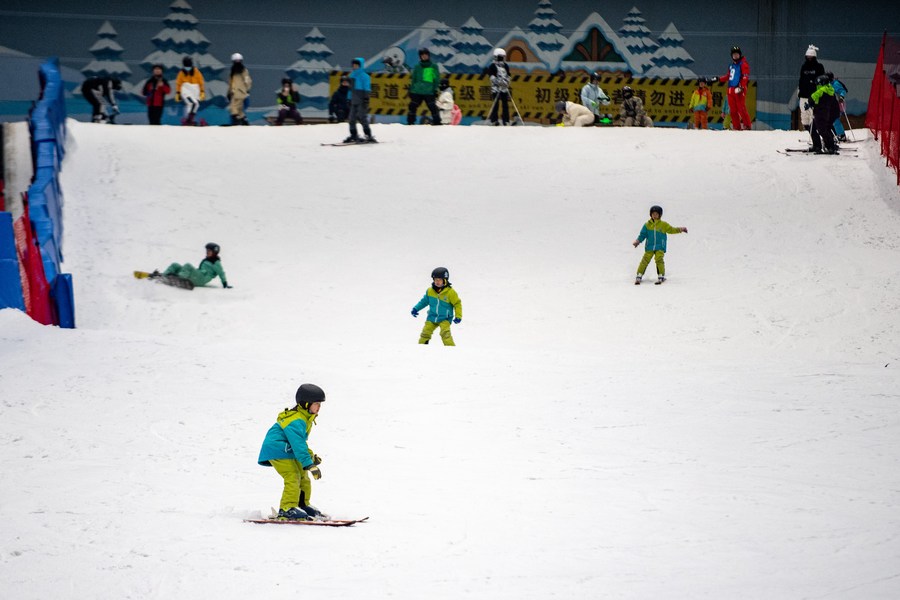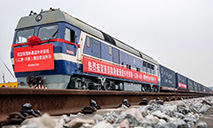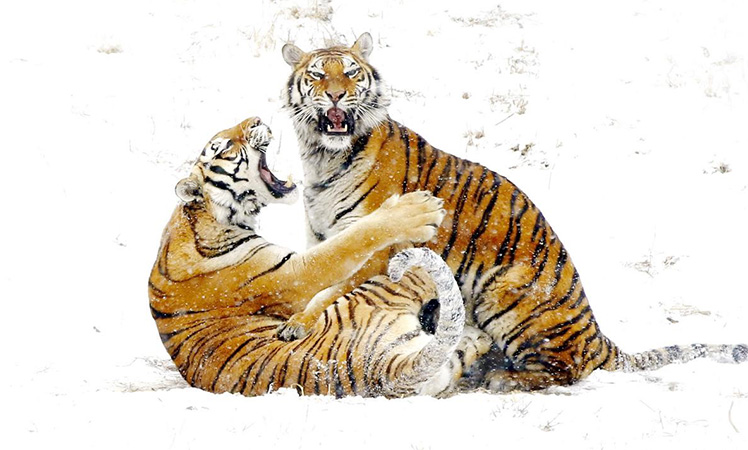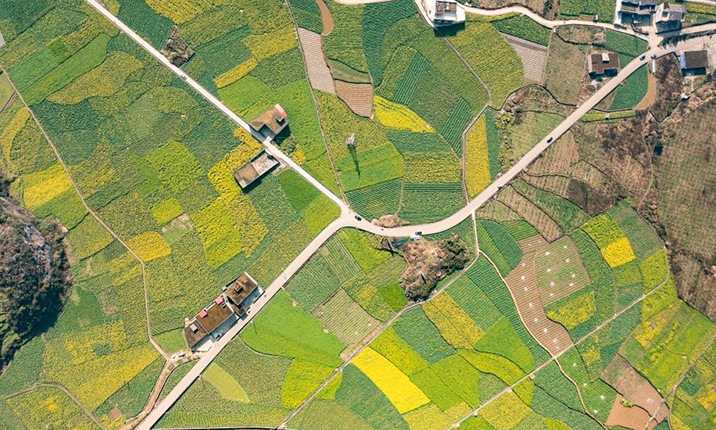Technological advancements to help lower the threshold for mass participation in winter sports
Statistics gathered together in a recently conducted survey indicated that China has realized the goal of engaging 300 million people in winter sports. However, admittedly, there is still much room for further development in the industry.

Photo taken on Feb. 25, 2022 shows students from a primary school in southwest China's Chongqing Municipality practicing skiing during their winter sports physical education class. (Xinhua/Tang Yi)
Sun Yanling, a ski enthusiast, who is also a deputy to the National People’s Congress (NPC) and chairman of the board at a cultural development company in Mudanjiang city, northeast China’s Heilongjiang Province, said that one of the topics that drew her attention is how to go about promoting winter sports in Heilongjiang.
Though the Beijing 2022 Olympic Winter Games has delivered major opportunities for the development of winter sports in Heilongjiang, there are still bottlenecks hindering the development of winter sports in the province that need to be solved, Sun pointed out.
Sun disclosed that there are currently more than 130 ski resorts in Heilongjiang, and 90 percent of them are invested in by private companies. She also found out that there are inadequate supporting facilities for the ice and snow industry, and industries related to the ice and snow industry are developing slowly, which presents a situation that is unable to fully satisfy the needs of winter sports enthusiasts. In addition, due to a low level of popularization of winter sports knowledge and the fact that the ice and snow industry is not sufficiently market-based, the industry has failed thus far to achieve effective links with related industries and with its vitality still in need of a boost, Sun said.
The problems encountered by Heilongjiang in developing its local ice and snow industry might be common challenges faced by localities throughout the whole country. Liu Kai, chief engineer of an ice-making machine research and development project for Beijing 2022, pointed out that there are fewer than 500 standard skating rinks in China that individually cover an area of 1,800 square meters, and at most 1,000 skating rinks in the country that cover an area of more than 300 square meters each.
“Because it’s so expensive to build and operate skating rinks, these facilities become unaffordable for many,” Liu explained, adding that another reason why ice and snow sports are so expensive is that there are inadequate domestically-developed technologies to support the construction and operations of the venues.
“Most of the machines used for different purposes, including watering, painting, and shoveling the ice, are imported and expensive, while domestically-produced machines are not as widely employed,” Liu introduced. He said an indoor ski resort can cost hundreds of millions of yuan, with the snow groomers used being mostly imported.
Liu also said that in designing and building skating venues, there are different teams in charge of different tasks, including installing the cooling, heating and ventilation systems at a facility. However, because the technicians do not engage in mutual planning or act as a whole, they are unable to achieve the integrated utilization of a facility’s heating and cooling resources.
“This eventually results in massive operating costs,” Liu said, estimating that a standard skating rink pays about 4 million yuan in electricity bills in just one single year, while a skating rink of a similar size in Europe costs only about half the same amount to operate.
Liu said it’s very necessary to ramp up technological inputs when it comes to developing the ice and snow industry, while mentioning that once the costs associate with the construction and operations of winter sports infrastructure are lowered and the sports become more affordable for people to go out and experience, more and more people will be willing to take part in winter sports.
Photos
Related Stories
- Deputy looks to keep winter sports momentum
- Winter sports an ice-breaker for northwest China's Tibetan area
- Winter sports take root in dual-Olympic city of Beijing
- Citizens enjoy winter sports on Sayram Lake, NW China's Xinjiang
- World Insights: China's winter sports boom opens new avenue for China-Europe cooperation
- Lasting fever for winter sports in China's northernmost province
Copyright © 2022 People's Daily Online. All Rights Reserved.










